#228: Dutch Elm Disease
Elm trees were once the defining tree of American life, widely planted in cities, suburbs, and farms. This changed beginning in the early 1900’s when Dutch Elm Disease arrived on the continent. Caused by the fungi Ophiostoma ulmi and O. novo-ulmi, Dutch Elm Disease blocks off the water transportation tissues in elm trees, leading to wilting and death. The fungus moves between trees by using elm bark beetles as vectors and by growing from tree to tree, making it a difficult pathogen to control. The best way to manage Dutch Elm Disease today is by planting resistant cultivars – fortunately, there are many resistant options available.

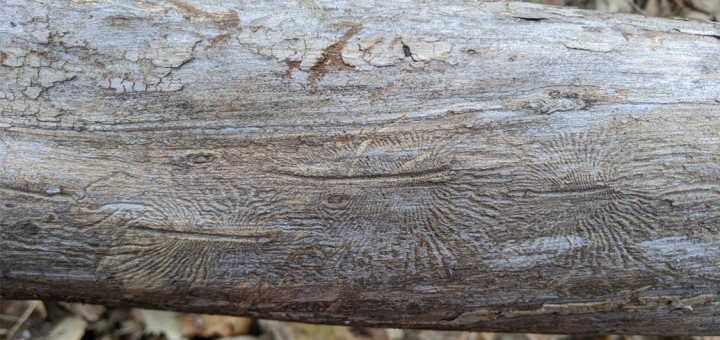
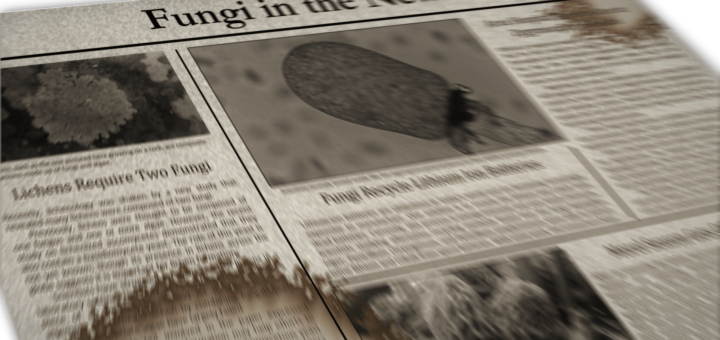
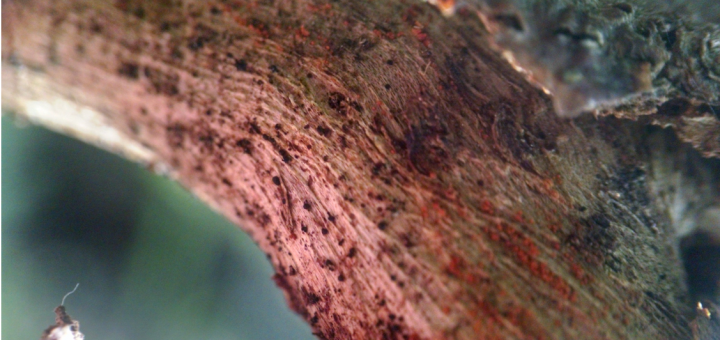
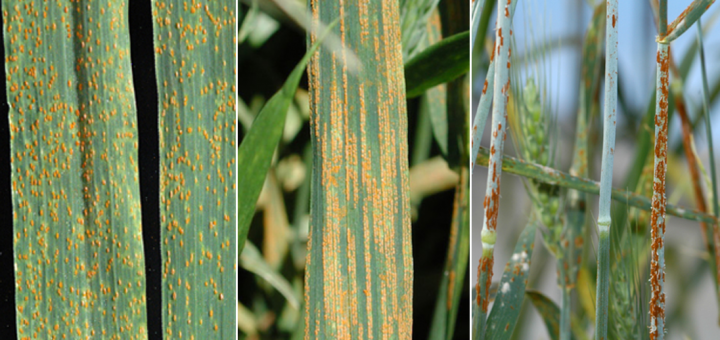
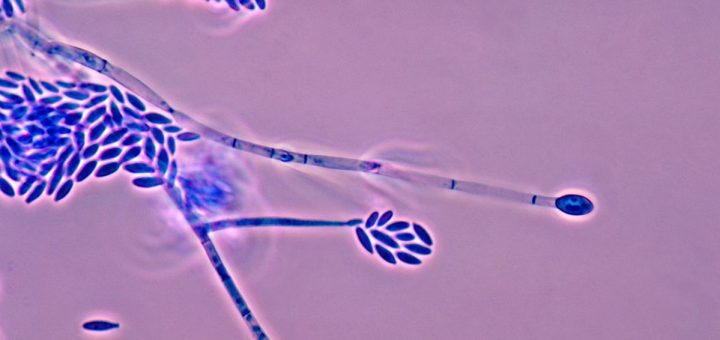
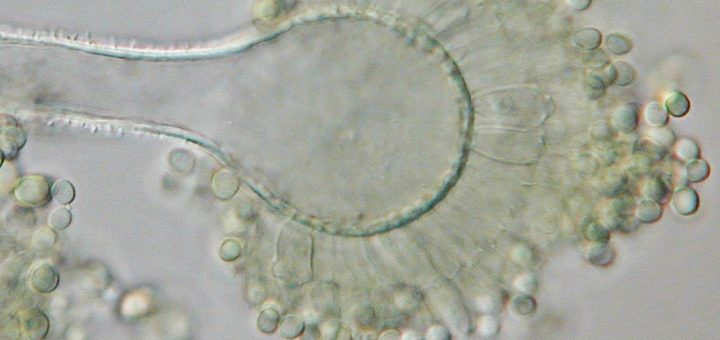
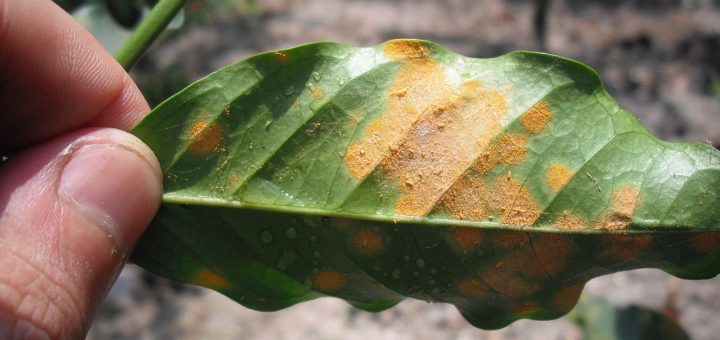
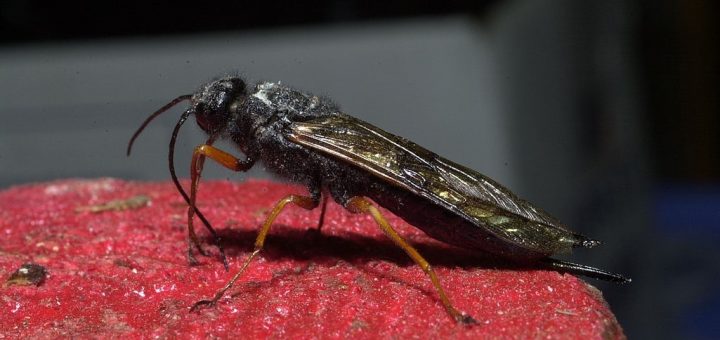





![#011: Characteristics of Kingdom Fungi [Archived]](https://www.fungusfactfriday.com/wp-content/themes/hueman/assets/front/img/thumb-small-empty.png)
